It's been said that the right gear can make all the difference in the world, and when it comes to safety in the workplace, that couldn't be more true. One of the key items in a worker's wardrobe arsenal is an overall. Whether you're a construction worker braving the elements, a factory worker dealing with heavy machinery, or a chemist experimenting in a laboratory, the right overall can make your day much safer and more comfortable.
Overalls are more than just clothing; they are your first line of defense against workplace hazards. An overall protects you from harmful materials, sharp objects, and it may even shield you from heat or flames depending on its specification. So, how do you choose the right overall for your needs?
This guide will steer you on the path to choosing an overall that's not only safe but also comfortable. We'll discuss why you should wear overalls, top material considerations, key comfort factors, essential safety features to look for, and how to care for and maintain your workwear. By the end of this guide, you'll be fully equipped to make an informed decision on which overall suit fits you best.
Why Wear Overalls
The humble overall is a wardrobe staple that often gets overlooked in favor of more fashionable attire. Whether it's for professional workers braving the elements on construction sites or DIY enthusiasts tackling home improvement projects, overalls provide numerous benefits that enhance safety, comfort, and longevity. So, why should you consider wearing overalls? Let's break it down.
Protection From Hazardous Materials
One of the primary reasons to wear overalls is the significant protective barrier they offer. When engaging in various activities, particularly in industrial or construction environments, you're often exposed to numerous hazardous materials. These can range from chemical splashes, sparks during welding, or just dust and dirt. Overalls, particularly those designed with specific protective features, can keep you safe from such potential harm.
Industrial-grade overalls come in various safety-enhancement features like Waterproof and Tear-Resistant Gear construction that shields you from moisture and resists rapid wear and tear. With these qualities, overalls can significantly reduce the risk of injuries and other health hazards.
Comfort and Convenience
Comfort is often linked directly to overall productivity, especially in physically demanding jobs such as construction or mechanical work. Overalls are designed with comfort in mind, often made from breathable materials while also offering ample room for movement. They're wearable over other clothing and commonly feature adjustable straps for a personalized fit.
Beyond comfort, overalls also exude convenience. They usually come with numerous pockets and loops allowing for easy access and storage of tools and other essentials. This feature can significantly streamline your tasks by keeping everything you need within arm's reach.
Durability and Longevity
Finally, overalls are the epitome of durability and longevity. An ideal pair should withstand rough handling and tough conditions, be it unpredictable weather or harsh work environment. Their reinforced stitching and robust materials resist wear and tear, promising a noteworthy lifespan to help you maximize your investment.
Moreover, overalls are typically designed to be easy to clean and fast dry — crucial for maintaining their longevity and consistent performance. They offer a reliable and cost-efficient solution, saving you from the constant need to buy new work attire.
To sum it up, overalls provide a multi-faceted advantage to anyone engaging in heavy-duty tasks or simply seeking extra protection. Their capacity to provide extensive defense against hazardous materials, comfort, convenience, and durability make them an outstanding choice for an assortment of activities, both professional and personal.
Material Considerations
When choosing the ideal rain gear, material considerations are a pivotal point of focus. In essence, the material used significantly influences both the functionality and durability of the rain gear. This section will provide a spotlight on different fabric materials, gauge their durability, and finally inspect the safety impact these materials have on their wearer.
Understanding Different Fabric Materials
There's a wide array of fabrics employed in crafting rain gear. Common choices include Microfiber, Gore-Tex, Tyvek, and Nylon. Each fabric offers unique benefits.
- Microfiber - Highly absorbent, lightweight, and soft making it comfortable
- Gore-Tex - Showcases exceptional waterproof abilities coupled with high breathability
- Tyvek - Known for its toughness, water resistance, and affordability
- Nylon - Stands out due to its water resistance, oil resistance, and swift-drying capacity
Assessing Material Durability
When working in rigorous fields such as construction, durability takes precedence. Rain gear made from durable materials withstands everyday wear and tear, providing consistent protection against the elements. Durability of rain gear indeed plays a central role in its overall performance.
Due to its strength, Tyvek is considered one of the most durable materials in rain gear construction. Nylon and Gore-Tex also offer decent durability, with microfiber being seen as somewhat less robust compared to these other materials.
Safety Impact of Materials
Lastly, but certainly not least, safety cannot be overlooked when selecting rain gear. You need to consider factors such as the material's fire resistance, its ability to flex without restricting movement, and if it can protect you against hazardous chemicals.
To ensure maximum safety, it's crucial to select rain gear manufactured with safety certifications in mind. Protective wear like Tyvek suits, for instance, are known to offer superior protection, boasting levels of safety that far surpass the industry standards.
In conclusion, material considerations are an integral part of choosing the best rain gear for your needs. Taking the time to understand different materials, their durability, and their safety implications will ensure you make an informed selection.
Comfort Factors
Comfort factors often play a significant role in choosing the right rain gear for any task, including construction work. Whether it’s enduring a downpour during a renovation project or battling the elements on a new build, comfort can significantly impact work performance and overall job satisfaction. This article will delve into three key comfort determinants: proper sizing and fit, breathability and moisture management, and freedom of movement.
Proper Sizing and Fit
When it comes to any piece of clothing, sizing and fit are the cornerstones of comfort, and rain gear is no exception. Too tight, and it becomes restrictive and stifling; too loose, and it can be cumbersome, potentially causing accidents on site. The ideal rain gear should have a snug, but not restrictive fit, leaving enough room for layering clothes underneath.
Breathability and Moisture Management
Another crucial aspect to consider is the gear's breathability and its moisture management properties. Heavy-duty rain gear tends to trap sweat and humidity, causing discomfort and heat exhaustion. A breathable fabric, on the other hand, would allow sweat to evaporate, keeping you cool and comfortable throughout a hard day’s work in the drizzle.
Another technique for enhancing comfort is moisture management. This involves the gear's ability to wick away sweat from your body, preventing it from sticking to your skin and giving you that uncomfortable 'sticky' feeling. Some garments achieve this through specialized materials or treatments, keeping you dry both inside and out.
Freedom of Movement
Finally, freedom of movement is a crucial factor that people accidentally overlook. Construction work involves a lot of bending, lifting, and stretching. Donning gear that hinders these movements can decrease productivity, cause frustration, and potentially lead to occupational hazards. Ideal rain gear should come with features like gusseted underarms, articulated knees, or even expandable back panels to achieve the required flexibility.
Mastering the delicate art of balance between comfort and durability is key when choosing the right gear for your needs. In essence, it's not just about staying dry, but also about feeling comfortable and unrestricted while getting the job done, even under harsh weather conditions. Learn more about the Comfort and Durability of Gear, and make an informed decision for your next investment in rain gear.
Safety Features to Look For
In the daunting world of safety gear, particularly for those working in potentially hazardous environments like construction sites, choosing the right equipment can be a lifesaver. Quality safety apparel should not only protect the wearer from external harm but also contribute to their overall comfort while working. When investing in such crucial gear, look out for these valuable safety features that are worth considering:
High Visibility Colours and Strips
Many accidents at construction sites occur because workers aren’t visible enough. One of the foremost features to regard in safety gear is the presence of high visibility colours and reflective elements. Bright shades such as neon orange or yellow, combined with reflective strips, significantly increase one's visibility, especially in low light situations or at night. It ensures that the wearer stands out against various backgrounds, boosting safety levels.
Fire and Heat Resistance
Those working in jobs with a risk of fire or heat exposure should consider gear with fire and heat resistance capabilities. Search for materials that are flame-retardant and have high melting points. This type of clothing forms a protective barrier around the user, shielding their skin from flames and intense heat, thus reducing the chances of burns and injuries.
Chemical and Hazardous Material Resistance
Exposure to hazardous chemicals and materials is another potential risk at work sites. Protective clothing with chemical resistance can help protect the wearer from this. This type of gear is designed to prevent harmful substances from penetrating the material, thus ensuring the user’s safety.
An ideal way to ensure you have all the listed safety features is investing in the Essential Rain Gear for Safety. Not only does it keep you dry in damp conditions, but also ticks all the crucial safety feature boxes discussed above.
Remember, purchasing safety gear is an investment for your well-being. Don't skimp on it; prioritize durable and reliable gear that offers complete protection. Safety isn't a luxury, but a necessity. Always choose equipment that best fits your specific working conditions and requirements to ensure optimal safety and comfort at all times.
Maintenance and Care
When it comes to your durable overalls, maintenance and care are key components in ensuring their longevity. Understanding how to clean, wash, and maintain the safety features of your workwear can go a long way in ensuring your apparel remains efficient and lasts for many years. On the flip side, neglecting these vital steps could very well cut down the expected lifespan of your attire, making regular replacements mandatory.
Cleaning and Washing Instructions
Cleaning your overalls after work might seem like a daunting task, particularly if they're covered in dirt, dust, or grime. However, with the right approach, you can make the process easier on yourself.
- Cold Water Rinse: Before putting your overalls in the laundry, give them a cold-water rinse. This will help dislodge any loose dirt and prepare the material for washing.
- Spot Treatment: Have a stubborn spot that simply refuses to go away? Make a paste out of baking soda and a bit of water, then apply it to the area. Allow it to sit for a few minutes before rinsing off.
- Use Hardworking Detergent: A detergent specifically designed for work clothes can work wonders in removing stubborn stains.
Remember not to use bleaching agents, as these can deteriorate the fabric and compromise the safety features.
Maintaining Safety Features
Your overalls aren't just comfortable and durable - they’re also designed to keep you safe. Here’s a quick rundown of how to maintain their integrated safety features:
- Avoid Excessive Heat: Extreme heat can break down the fibers and damage the refractory components of flame-resistant overalls.
- Inspect Regularly: Regularly perform checks on any padding, reflective strips, or other safety features to ensure their functionality.
- Repair or Replace when Necessary: Stitch up any small tears or holes immediately. If the damage is significant, consider investing in a new pair.
Relative Longevity of Overalls
How long do overalls typically last? It’s a question many people ask, and the answer largely depends on usage and care. With proper maintenance, a quality pair of overalls should last for several years. However, keep in mind that factors such as your work environment, frequency of wear, and adherence to washing instructions all play vital roles in determining the lifespan of your overalls.
Properly caring for and maintaining your overalls nurtures their longevity, helping you stay comfortable and protected for longer while making a savvy, cost-effective decision. After all, a little effort in preserving your workwear can go a long way in saving time, money, and resources in the future.
Conclusion
The journey to bringing you the perfect overall is one filled with meticulous choices. From the right blend of materials to exceptional safety features and lasting durability, each decision is made with you - our customer - firmly in mind. At Rain Gear Pro, we have committed days and nights to ensure that you leave our store not only with a pair of chainsaw safety pants, but an armor that will serve as your unwavering shield in the face of hazards.
Leaning into the ever-demanding conditions of the Pacific Northwest has allowed us to build up a gear that doesn't shy away from challenges but rather embraces them. As a legion of Canadians who hold a torch for top-notch craftsmanship, we present you our overalls. Each stitch, each fiber, each panel is embedded with the spirit of endurance and the promise of protection.
Overalls are more than just a garment; they are a testament to safety, a symbol of hard work, and a badge of honor for those working in demanding environments. As you make your selection, keep in mind the unique elements that distinguish a pair of ordinary pants from a high-quality overall. Our chainsaw safety pants are here to offer you the durability, comfort, and safety that you so rightly deserve. We hope that this guide aids you in making an informed decision, one that grants peace of mind each time you gear up for work. Remember, it's all about you, and you're definitely worth the best!
Frequently Asked Questions
-
What are the key factors to consider when choosing safe overalls?
When choosing safe overalls, consider factors such as material quality, durability, proper fit, compliance with safety regulations, presence of safety features (e.g., reflective strips), and certification from relevant authorities.
-
Are flame-resistant overalls necessary for certain industries?
Yes, flame-resistant overalls are necessary for industries where workers are exposed to potential fire hazards, such as oil and gas, welding, chemical handling, firefighting, and electrical work. They provide added protection against burns and injuries.
-
How can I ensure the comfort of the overalls I choose?
To ensure comfort, make sure the overalls are made of breathable fabric, have adjustable straps or waistbands, offer freedom of movement, and have adequate ventilation. Additionally, consider the overall design and flexibility of the garment.
-
What are some common certifications to look for in safe overalls?
Common certifications for safe overalls include EN ISO 11611 (protective clothing for welding and related processes), EN ISO 11612 (protective clothing against heat and flame), and EN ISO 20471Class 3 (high-visibility clothing). Look for these certifications to ensure the safety and quality of the overalls.
-
How often should I replace my safety overalls?
The lifespan of safety overalls depends on various factors, such as usage, exposure to hazards, and maintenance. However, it is generally recommended to replace them every 1-2 years or when they show signs of wear, tear, or damage that may jeopardize their protective qualities.



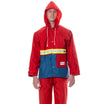
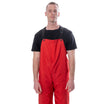
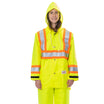
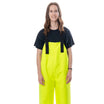
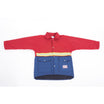
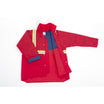

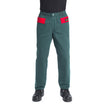
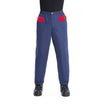
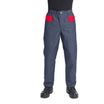
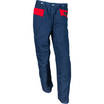
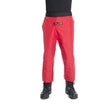
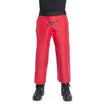
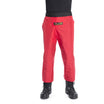
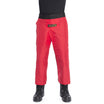
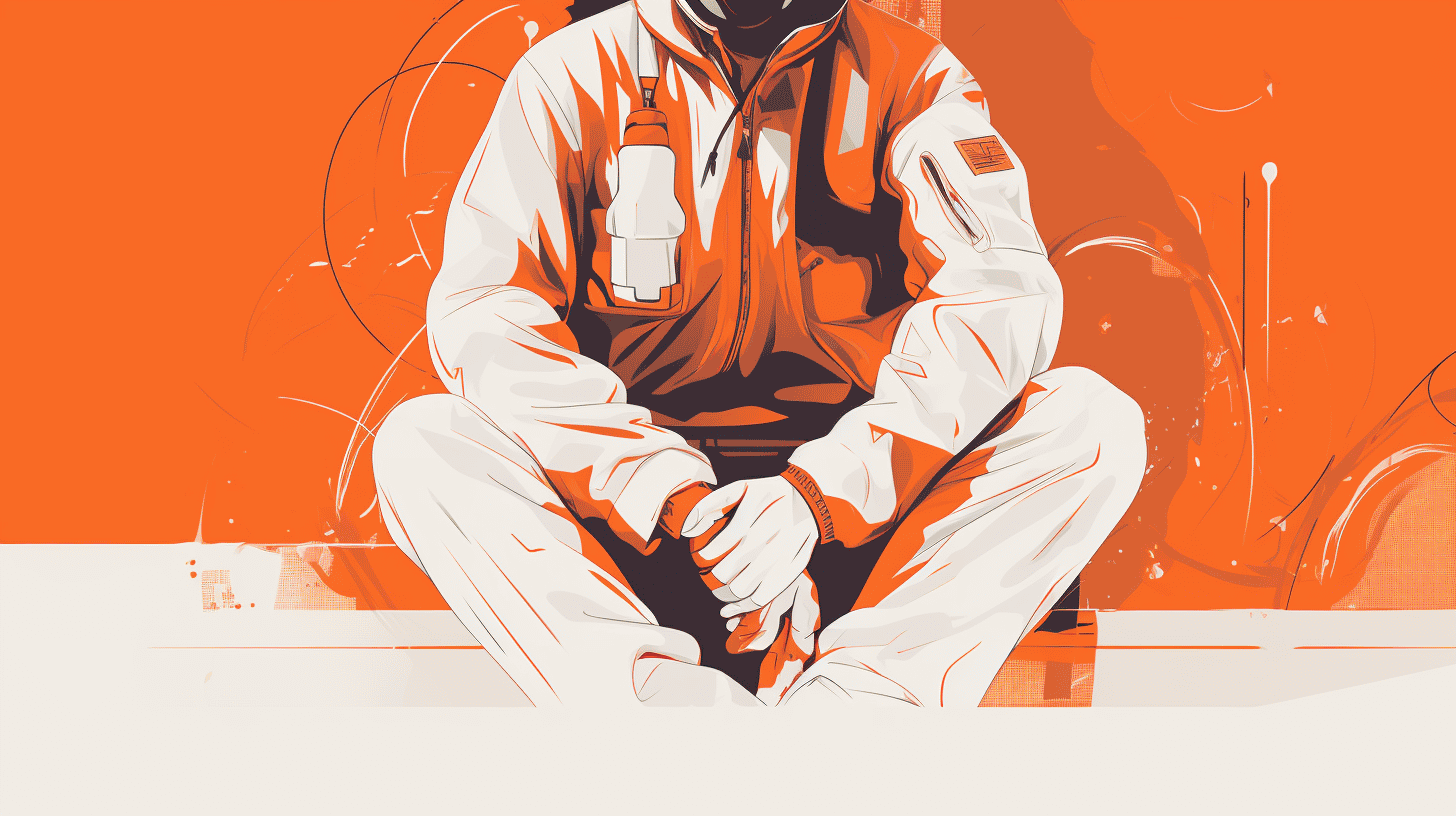
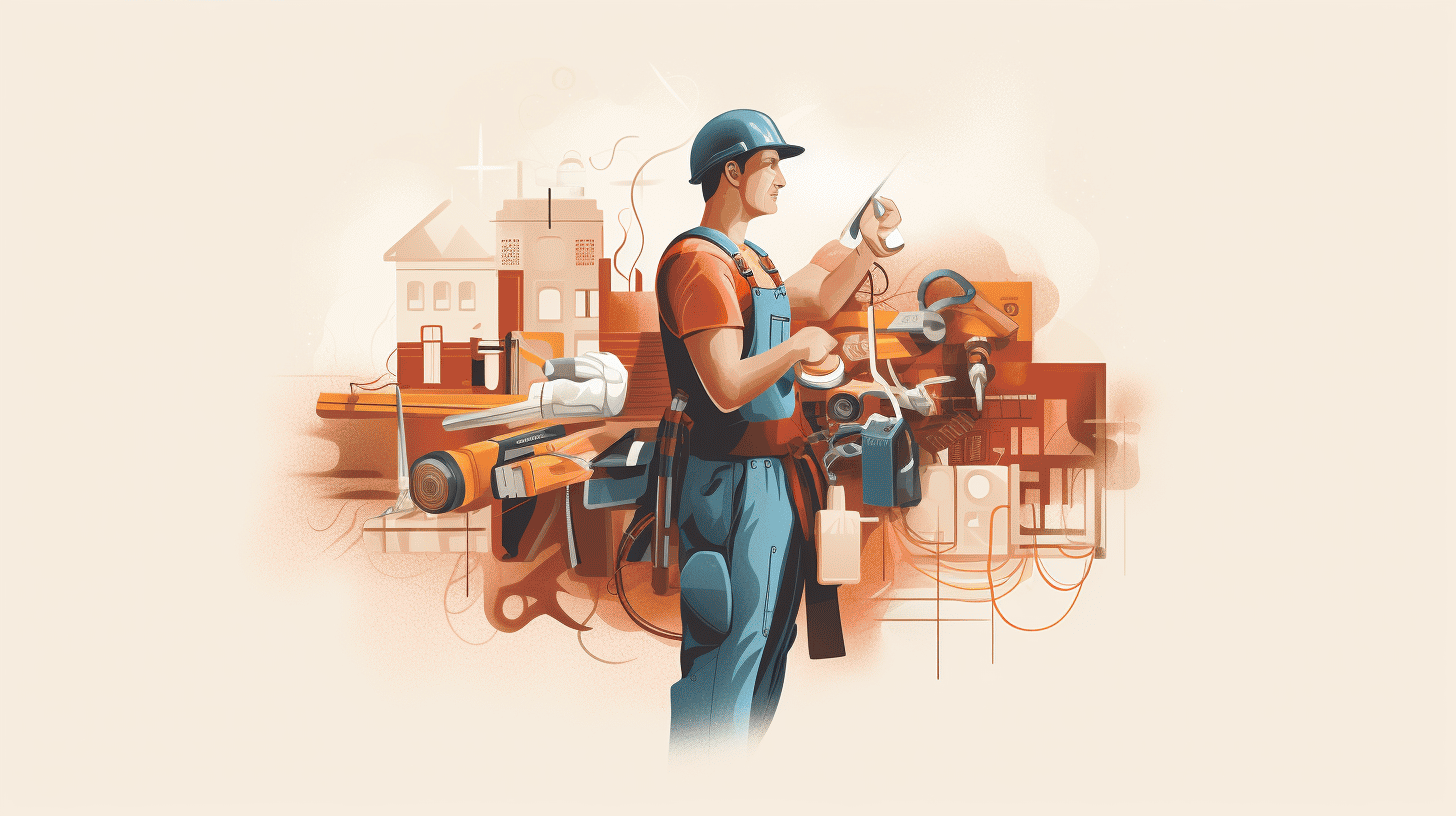
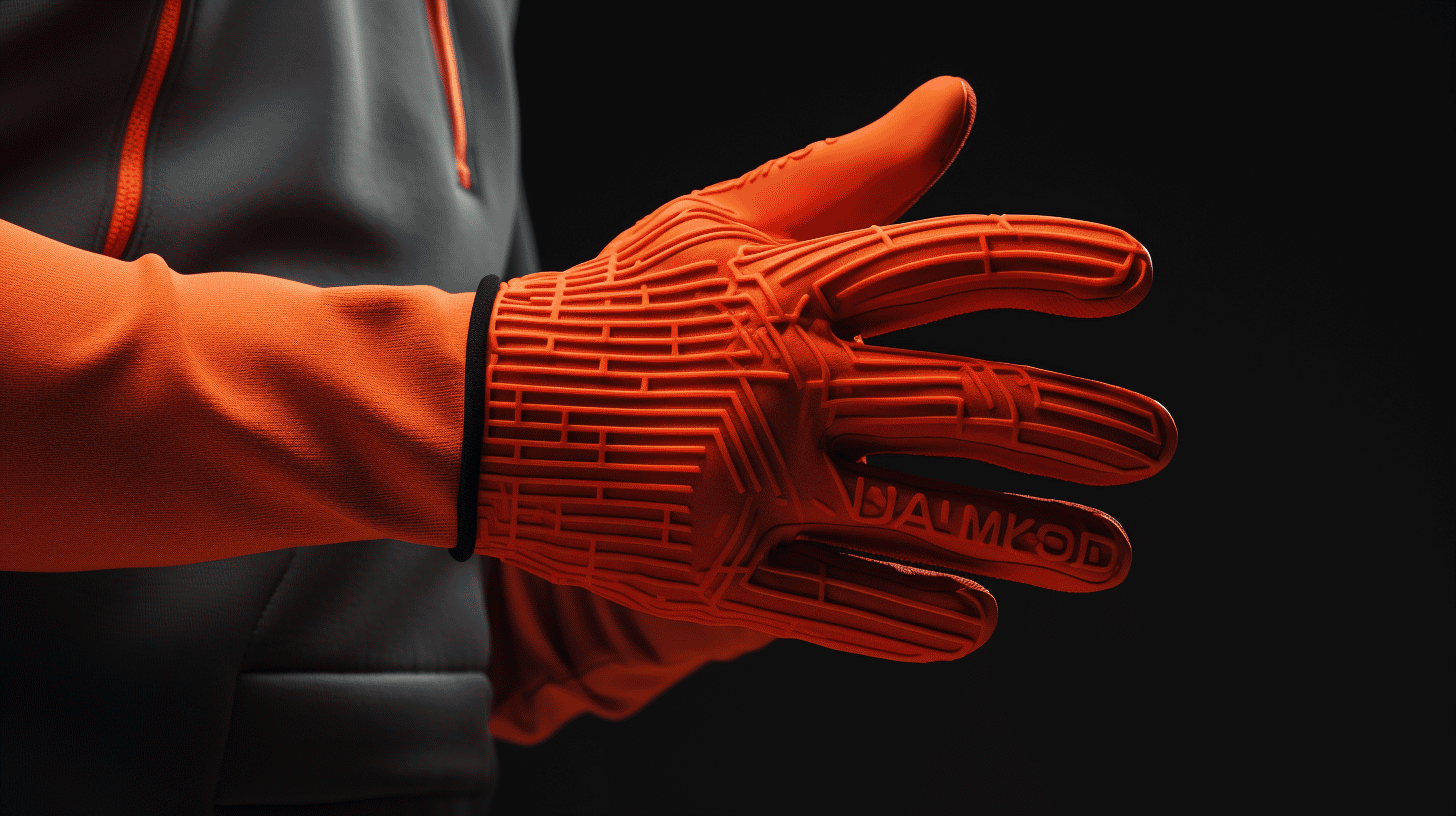
Leave a comment
This site is protected by hCaptcha and the hCaptcha Privacy Policy and Terms of Service apply.